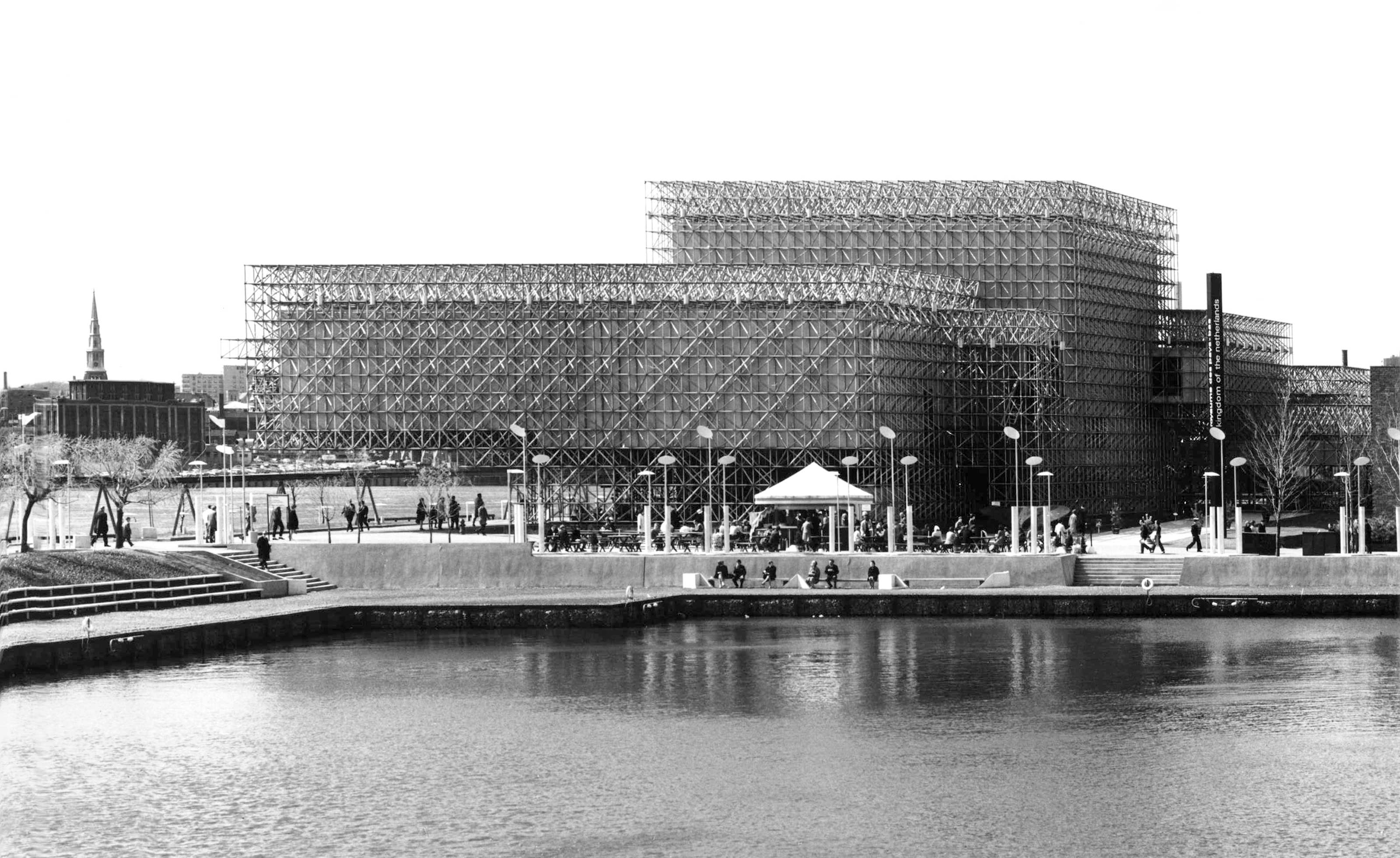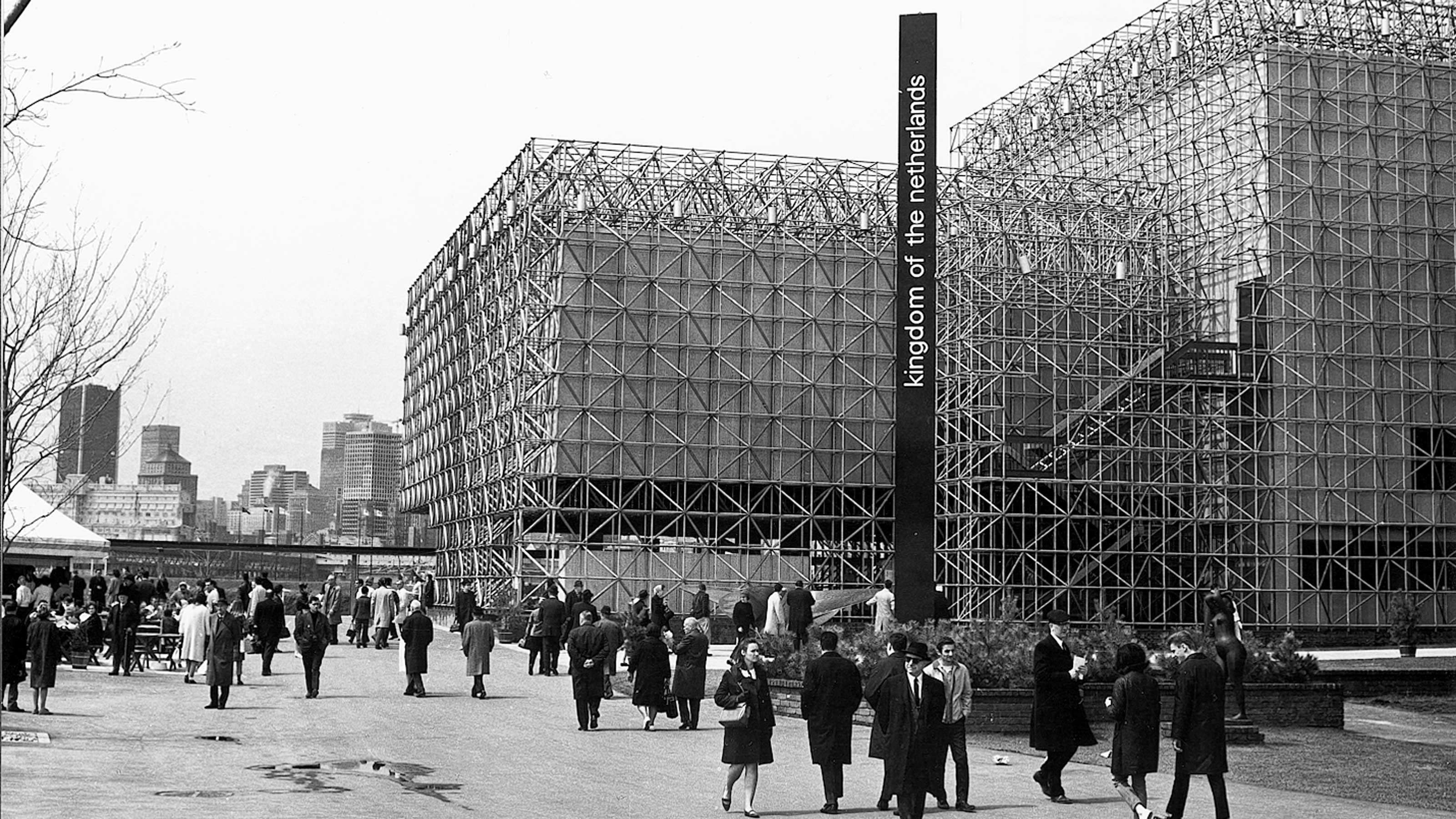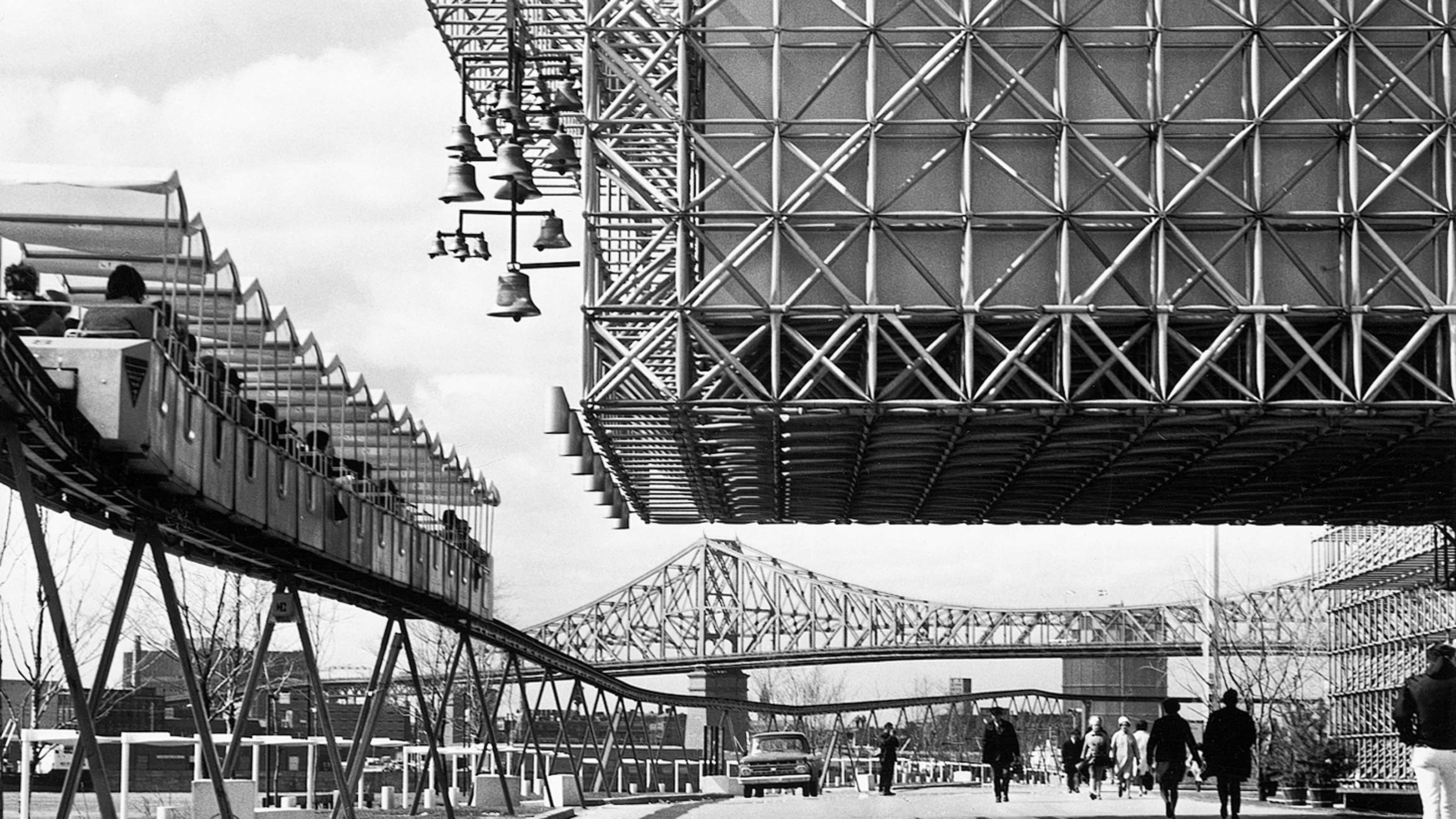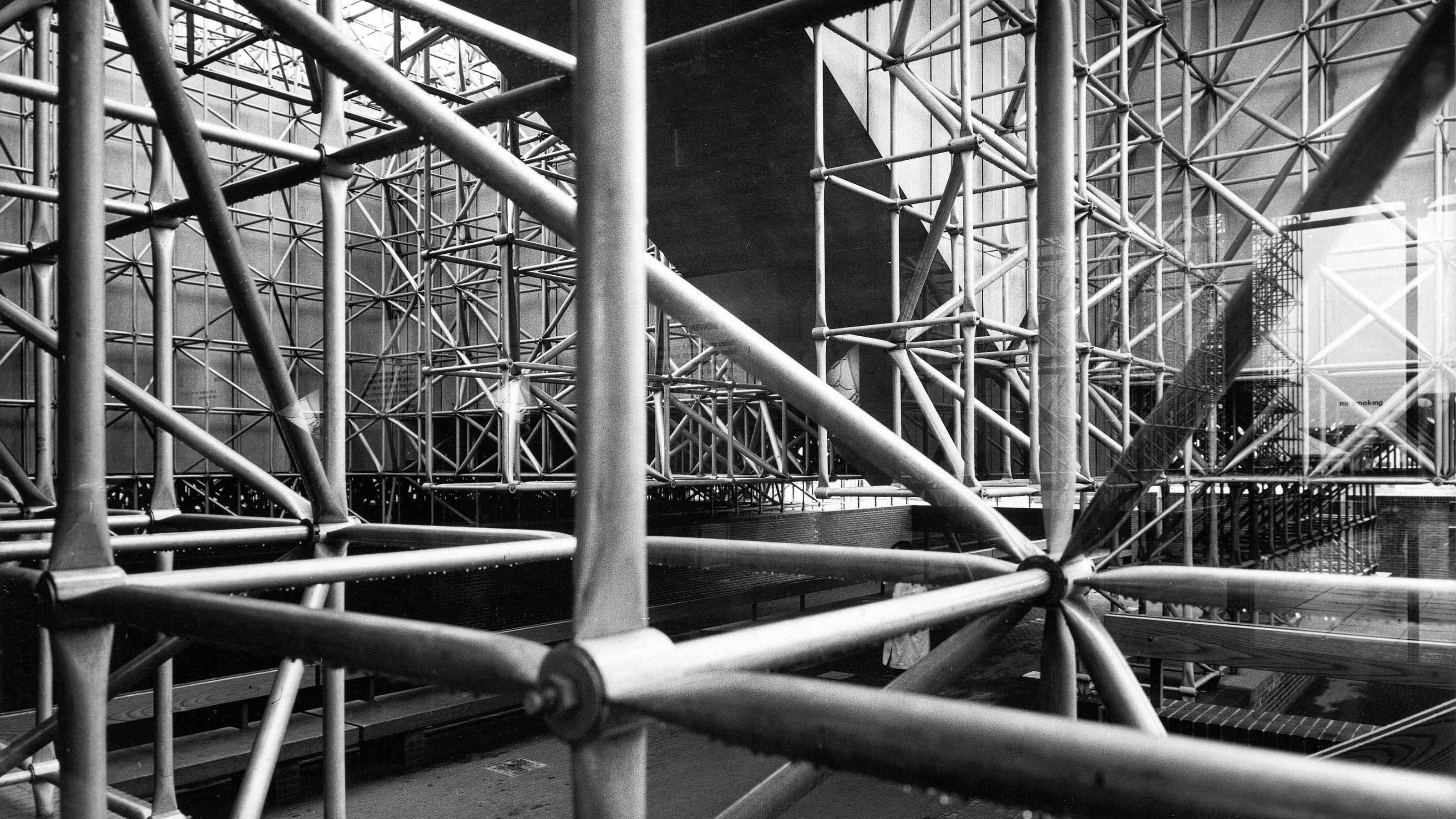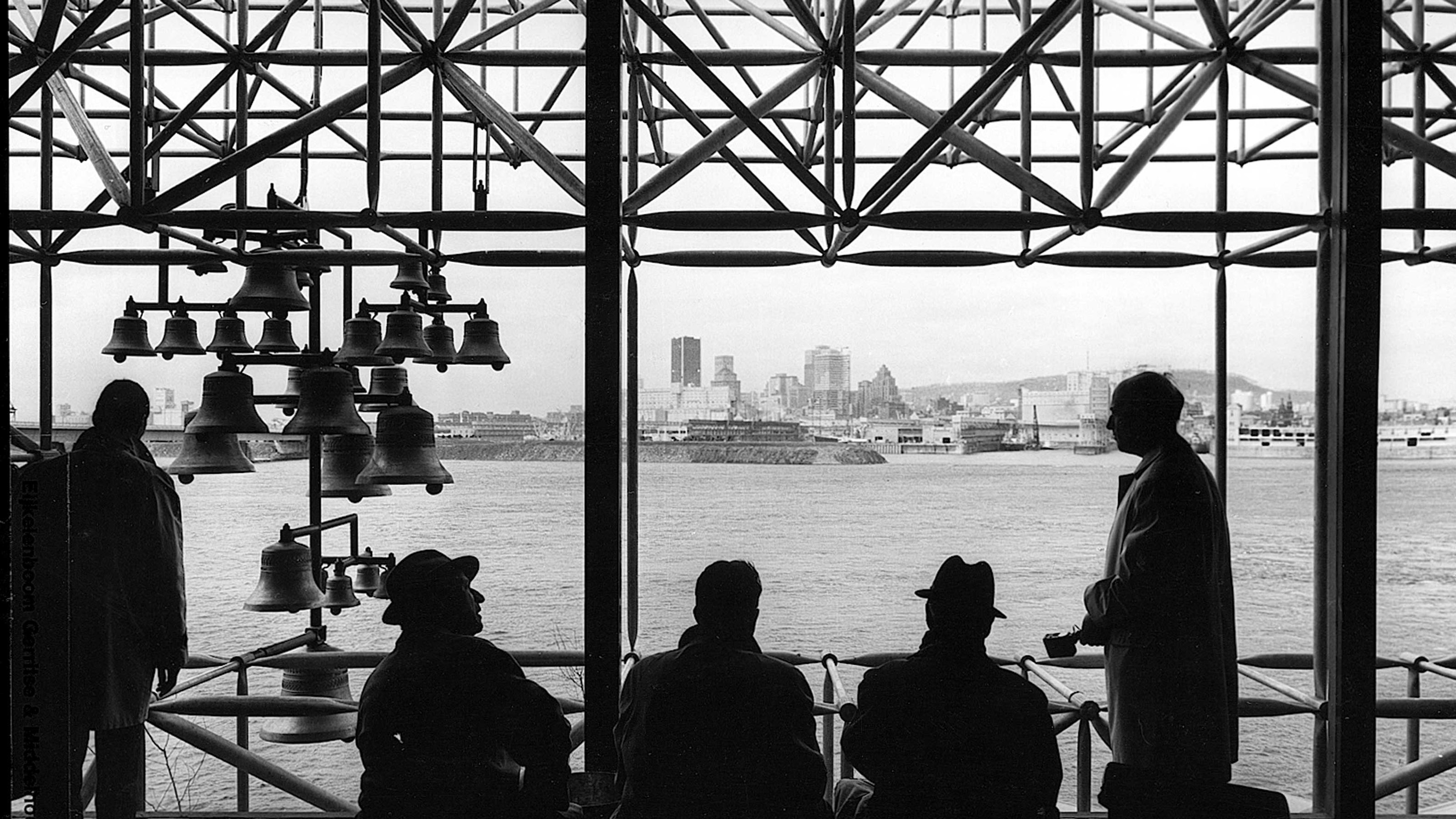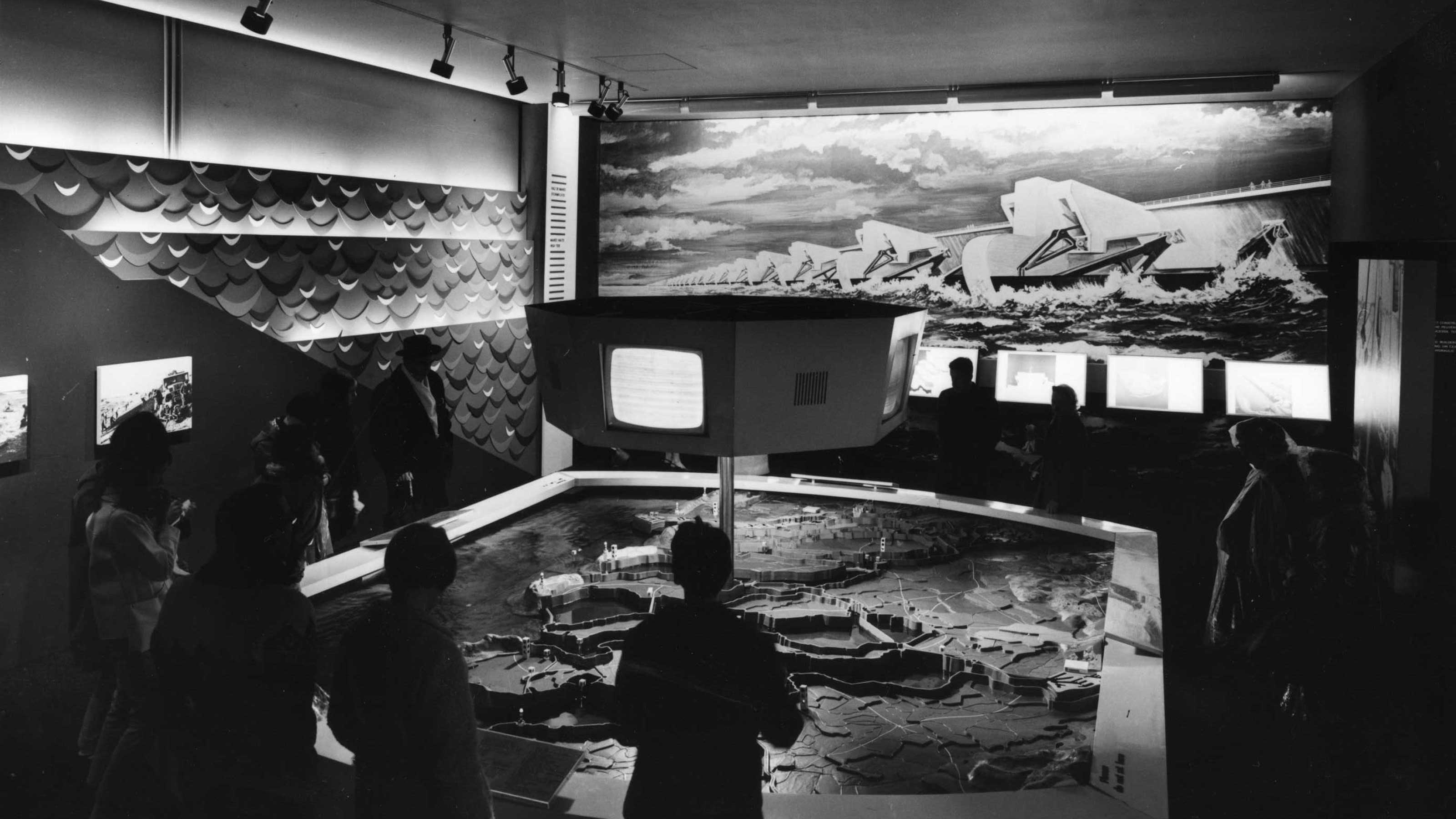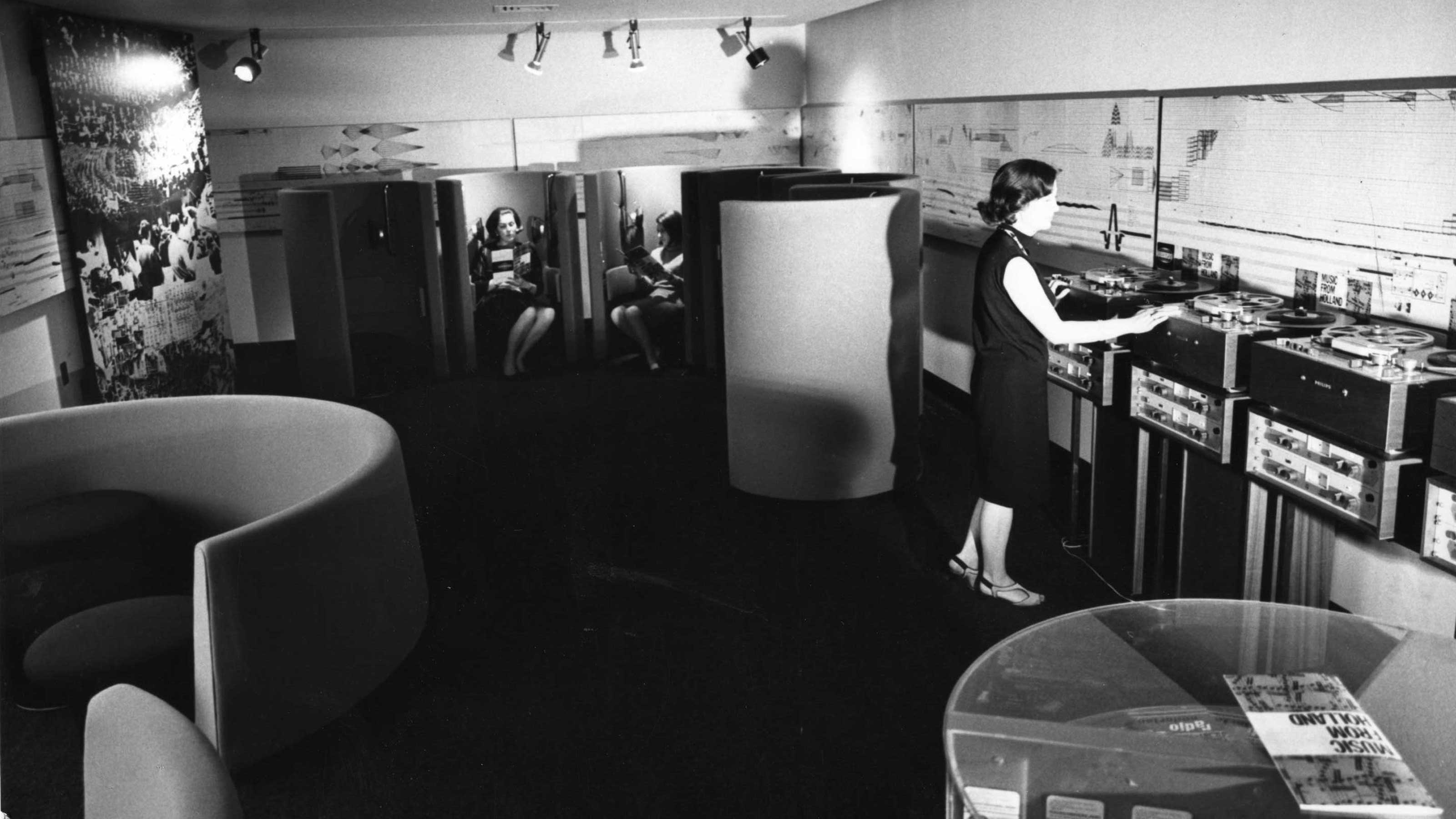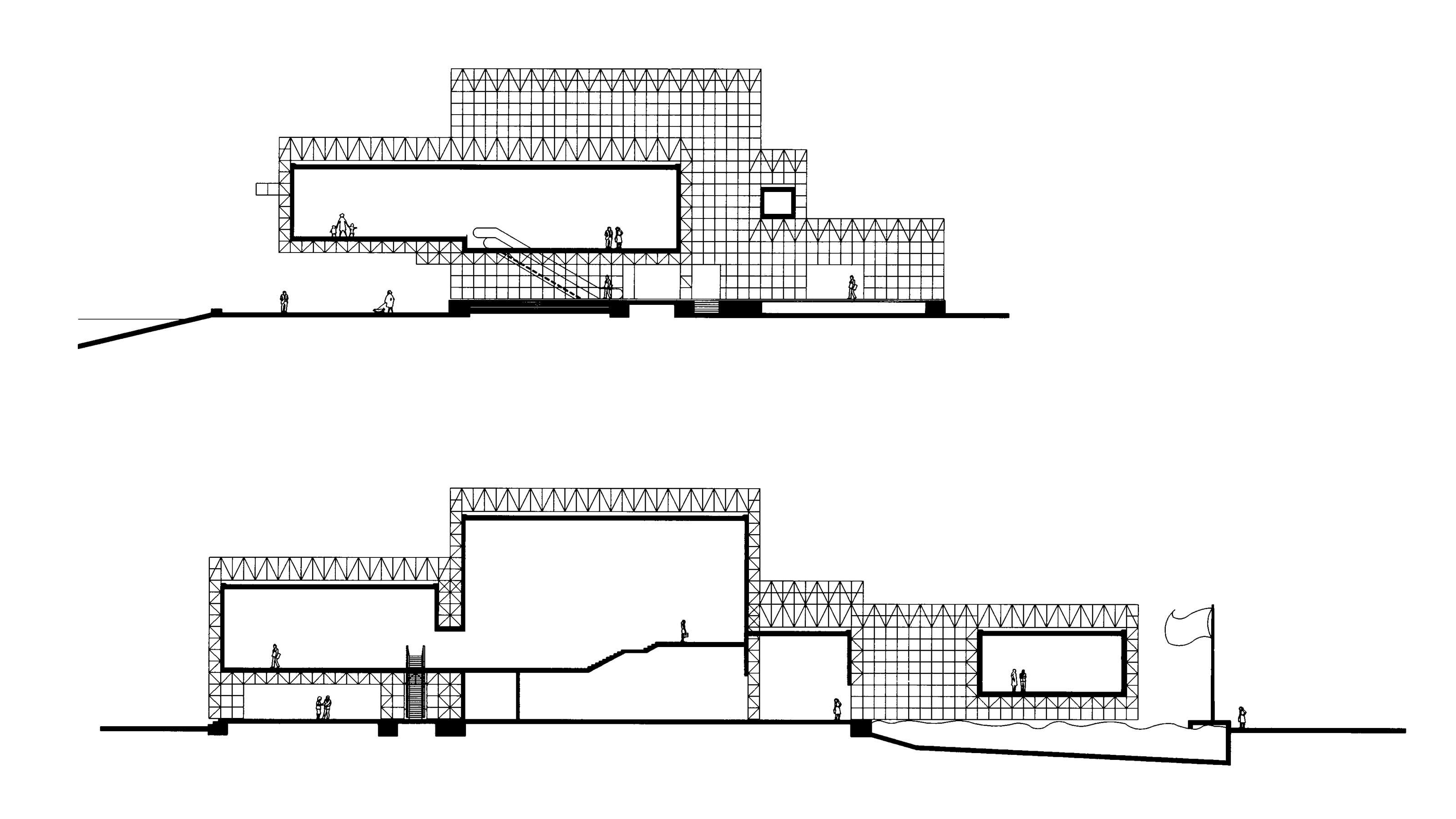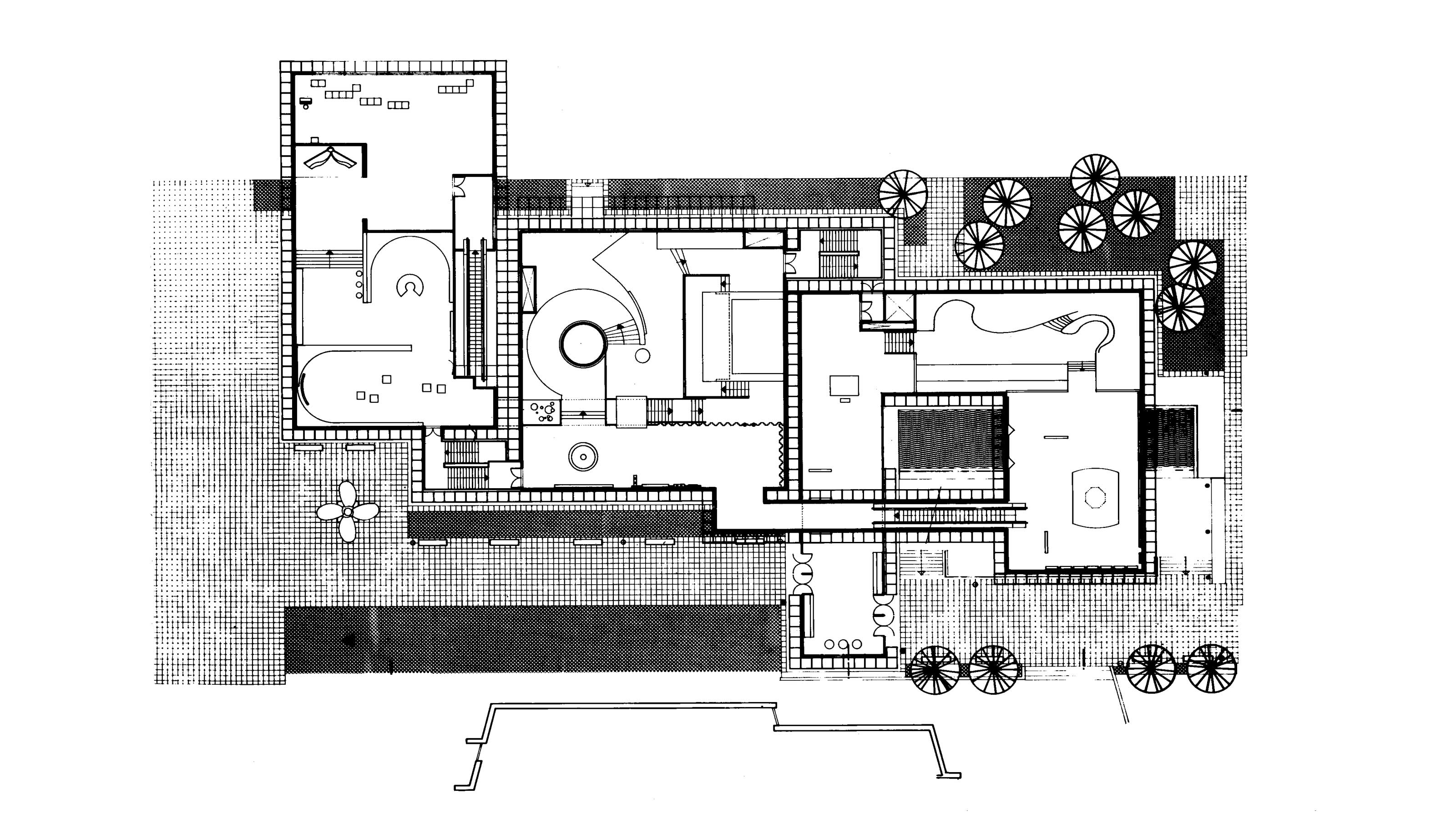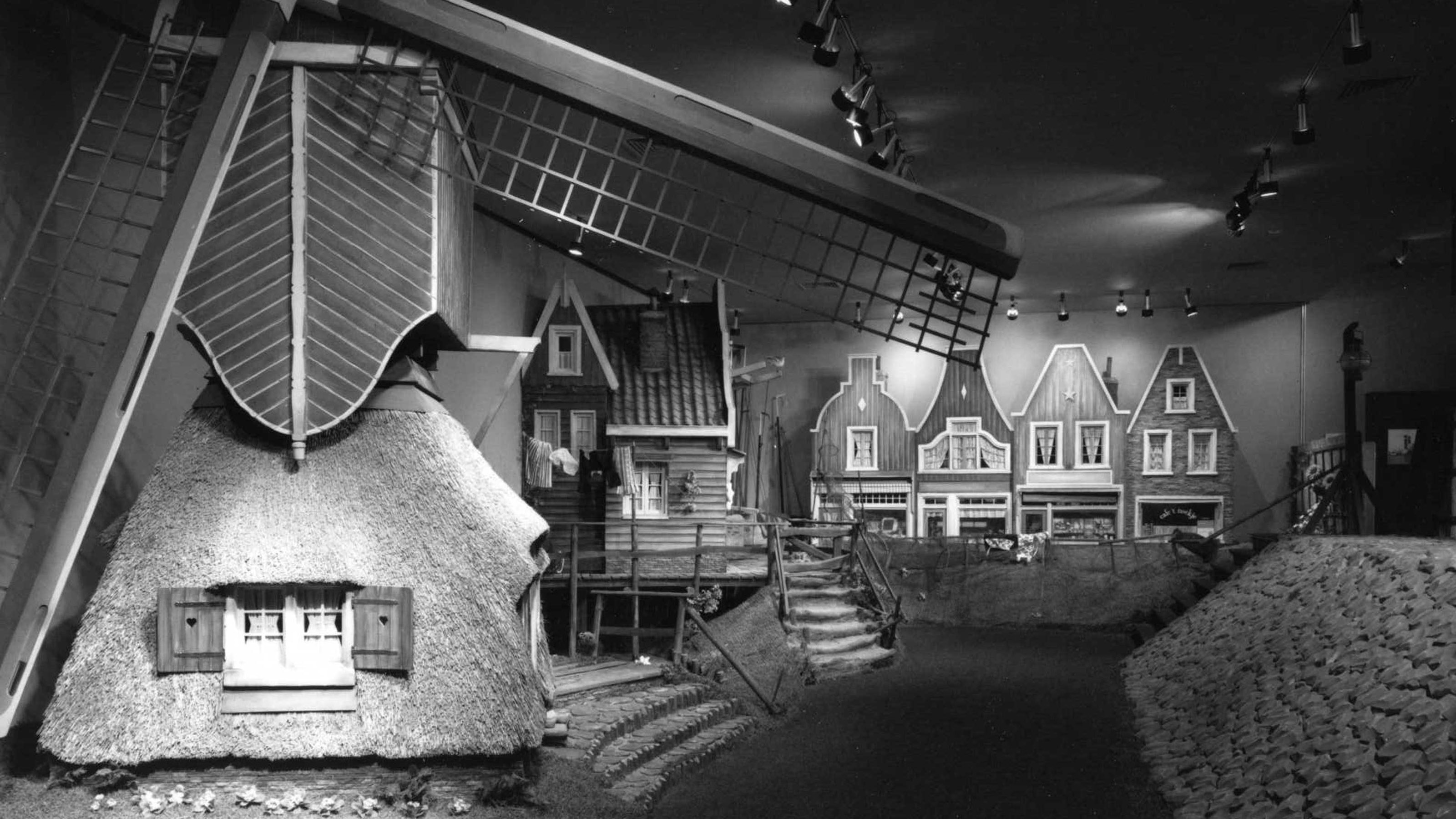World Exhibition, Ile Sante Hélène, Montreal (Canada)
In the architecture of the Dutch Pavilion, an industrially manufactured space frame refers to the rise of the Dutch industry in the 60-ies
The 'Universal and International Exhibition of 1967' held in Montreal was the first Expo on the American continent after World War II. With more than 50 million visitors and 62 participating countries the EXPO67 is considered to be one of the most successful world exhibitions of the 20th century. Wout Eijkelenboom - co-founder of EGM architects – was responsible for the design of the Dutch pavilion.
Innovative architecture
Seen the industrial boom of the 1960s, the Dutch contribution had to express the image of The Netherlands as an industrial innovative country. In the architecture of the pavilion this is reflected in the ‘space frame’, constructed from industrially manufactured parts, which serves as a casing for a number of volumes at different height levels. In the original design a semitransparent cloth was foreseen to close the frame. However, due to the extreme differences in temperature in Montreal, closed insulating walls in the form of sandwich panels were used.
Relive the building of the pavilion: Concept - Building - 3D-model
Aluminum knot
A specially developed aluminum knot forms an essential part of the tube construction composed of aluminum rods. A three-foot cube with a diagonal connection forms the base module. Within the ‘space frame’ several spaces are connected by escalators. At the end of the loop-shaped looping the visitor enters a large hall, overlooking the St. Lawrence river and the city of Montreal. This 14 meter cantilevering volume stretches as it were from Île Verte to the river.
Typically Dutch
The exhibition in the pavilion included amongst others a large model of the Dutch Delta Works, of which the design was only just completed in 1967. Represented was also a 'typical part of the Netherlands', in the form of a tableau of wooden dike houses with gable ends, wind mills, a drawbridge and lambs in the meadow.
